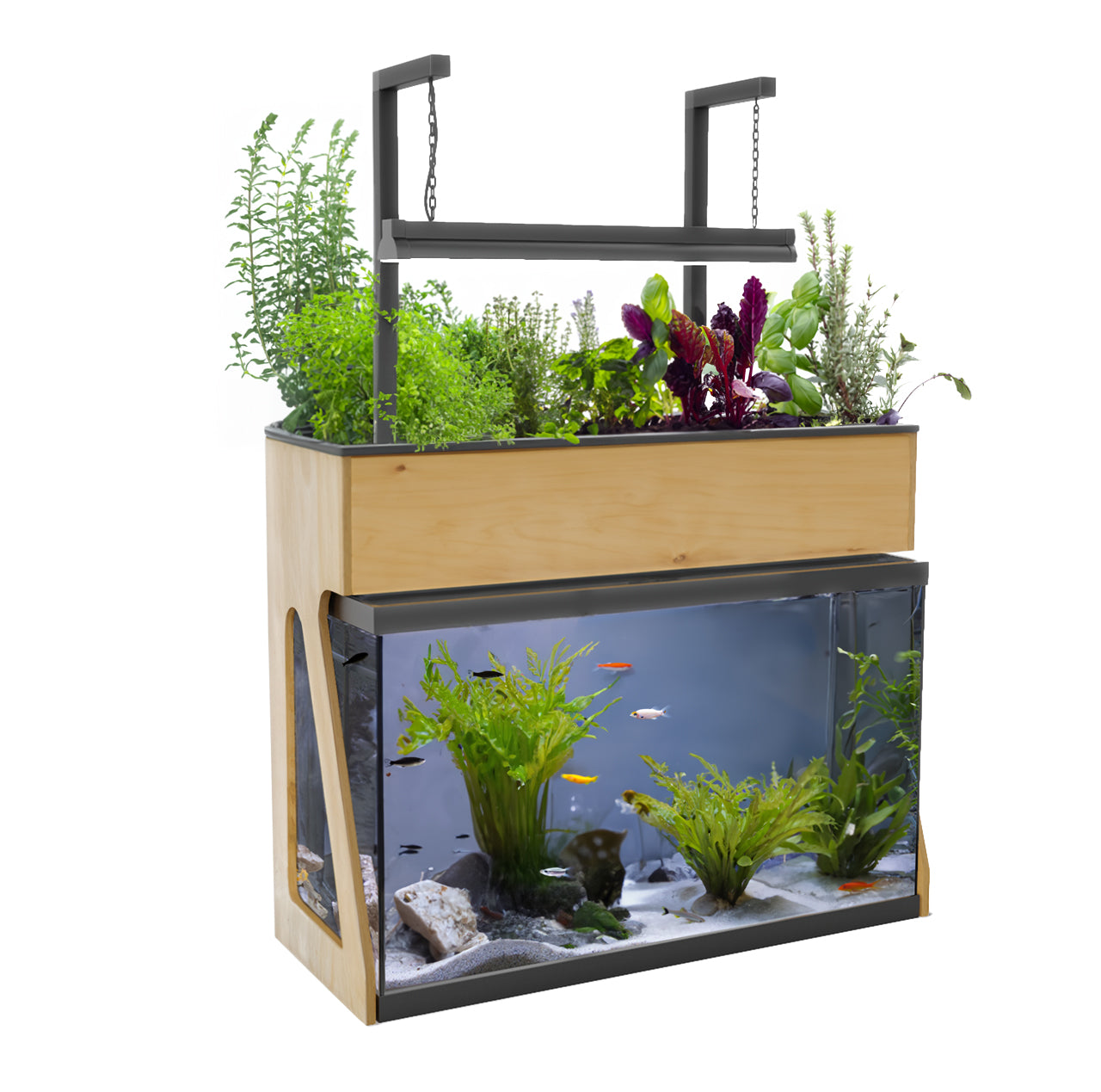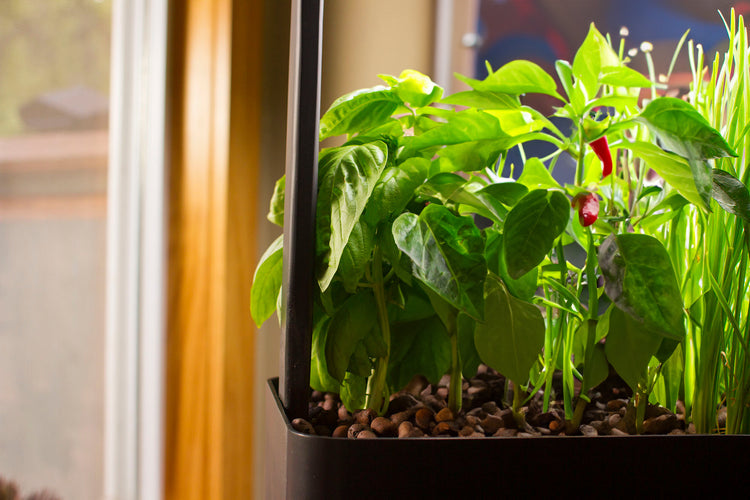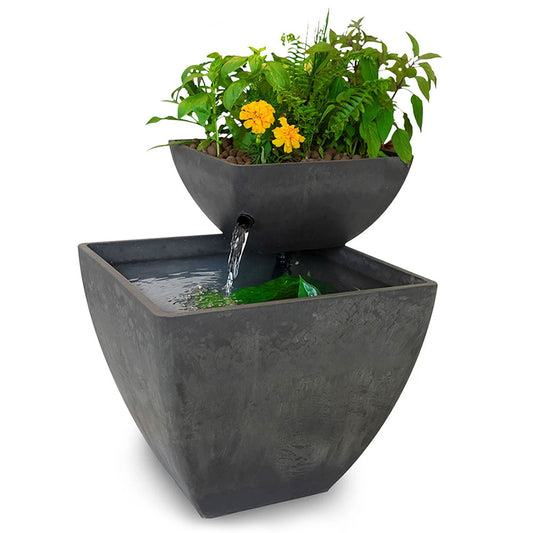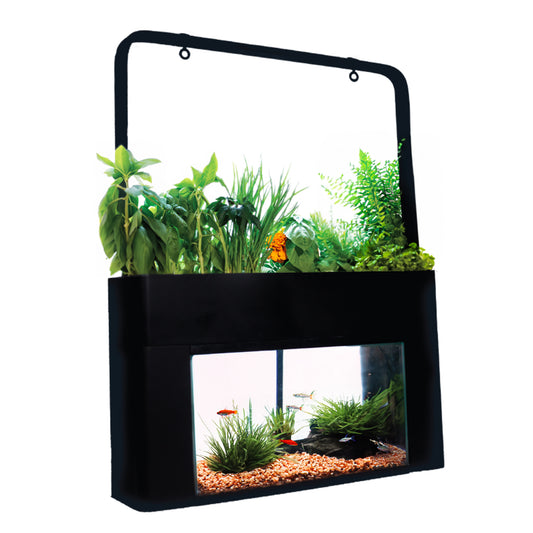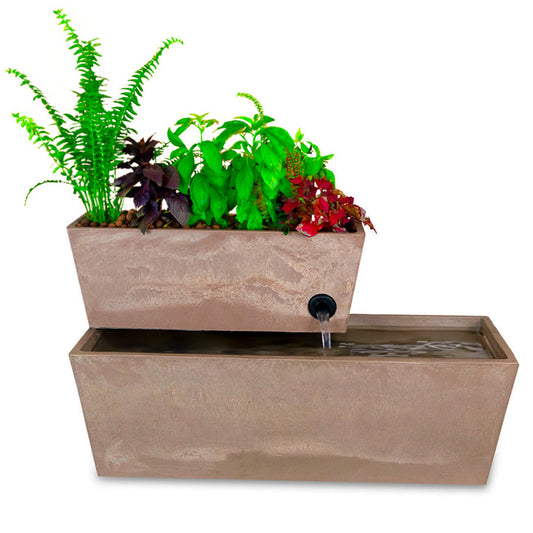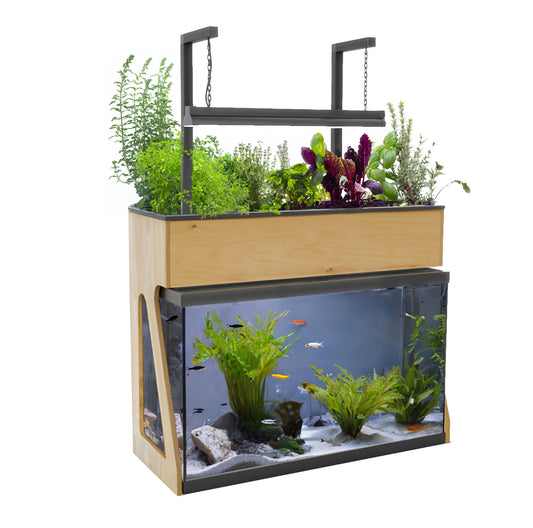Aquaponics and hydroponics are innovative farming techniques that are becoming increasingly popular for growing food, not just for humans, but also for pets such as rabbits, turtles, and hamsters. These sustainable farming practices present a unique opportunity for pet owners seeking organic, homegrown food sources for their furry friends. In essence, aquaponics is a symbiotic system that combines aquaculture (raising aquatic animals) with hydroponics (growing plants without soil). In this setup, waste from the aquatic animals serves as organic food for the plants, and the plants naturally filter the water, making it clean and safe for the animals. Hydroponics, on the other hand, relies on nutrient solutions to grow plants in water, eliminating the need for soil. Both systems can effectively grow a variety of vegetables and herbs that are healthy and safe for pets.
Feeding Rabbits with Aquaponically Grown Greens
Rabbits thrive on a diet rich in hay and fresh, leafy greens. Many of the vegetables and herbs that grow well in aquaponic systems are ideal for rabbits. Lettuce, kale, parsley, and basil are just a few examples. These plants grow quickly and are packed with nutrients, ensuring a fresh, healthy supply of food for your furry friends. Moreover, cultivating your rabbit's food reduces the dependence on store-bought greens, often grown with chemical pesticides and fertilizers.
Growing a Turtle Treat
Turtles, particularly those of aquatic species, can also benefit from an aquaponic setup. They are omnivorous, consuming a balanced diet of both animal-based and plant-based foods. Aquaponic systems offer an excellent platform to grow aquatic plants like Anacharis and Duckweed, both of which provide high-nutrient food sources for turtles. Not only do these plants help in maintaining a clean habitat for the turtles, but they also contribute to their diet for a healthier life.
Feeding Hamsters:
Hamsters enjoy a varied diet that includes fruits, vegetables, and nuts. aquaponics be used to grow nutrient-dense leafy greens like spinach, kale, and even herbs like basil which can be used to supplement your hamster's diet. Growing these foods hydroponically means that you can provide your pet with fresh, organic produce throughout the year.
Choosing the Right Plants for Fodder:
While the potential for growing pet food is vast, it’s important to remember that not all plants are safe for all pets. Always research and ensure that the plants you choose to grow are non-toxic and safe for your specific pet. For instance, while rabbits can safely consume rocket and coriander, these plants can cause digestive issues in turtles.
In conclusion, aquaponics and hydroponics offer an innovative and sustainable method of providing your pets with quality nutrition. By controlling what goes into your pet's food, you can ensure that they are getting the best possible diet, tailored specifically to their needs. As a bonus, these systems can bring a touch of greenery into your home and serve as an educational tool for responsible and sustainable farming. Remember, before starting on this journey of growing pet fodder, do your research, or better still, consult with your vet for the best advice on what is suitable for your pet's diet. With the right knowledge, you can turn your home into a mini eco-system where both you and your pets can thrive.
